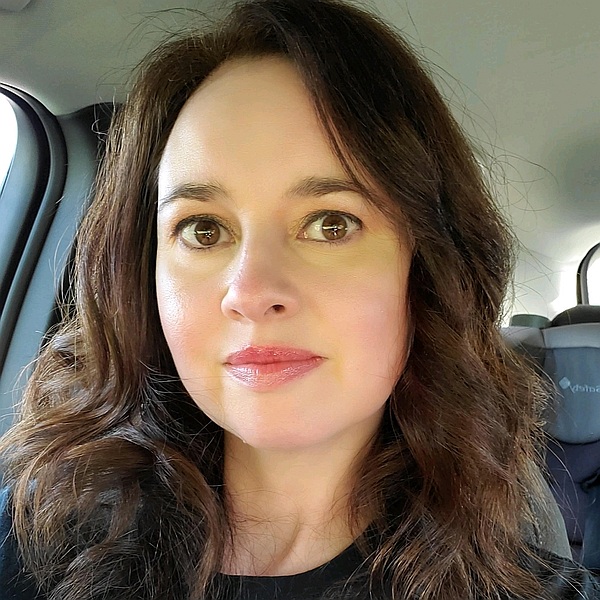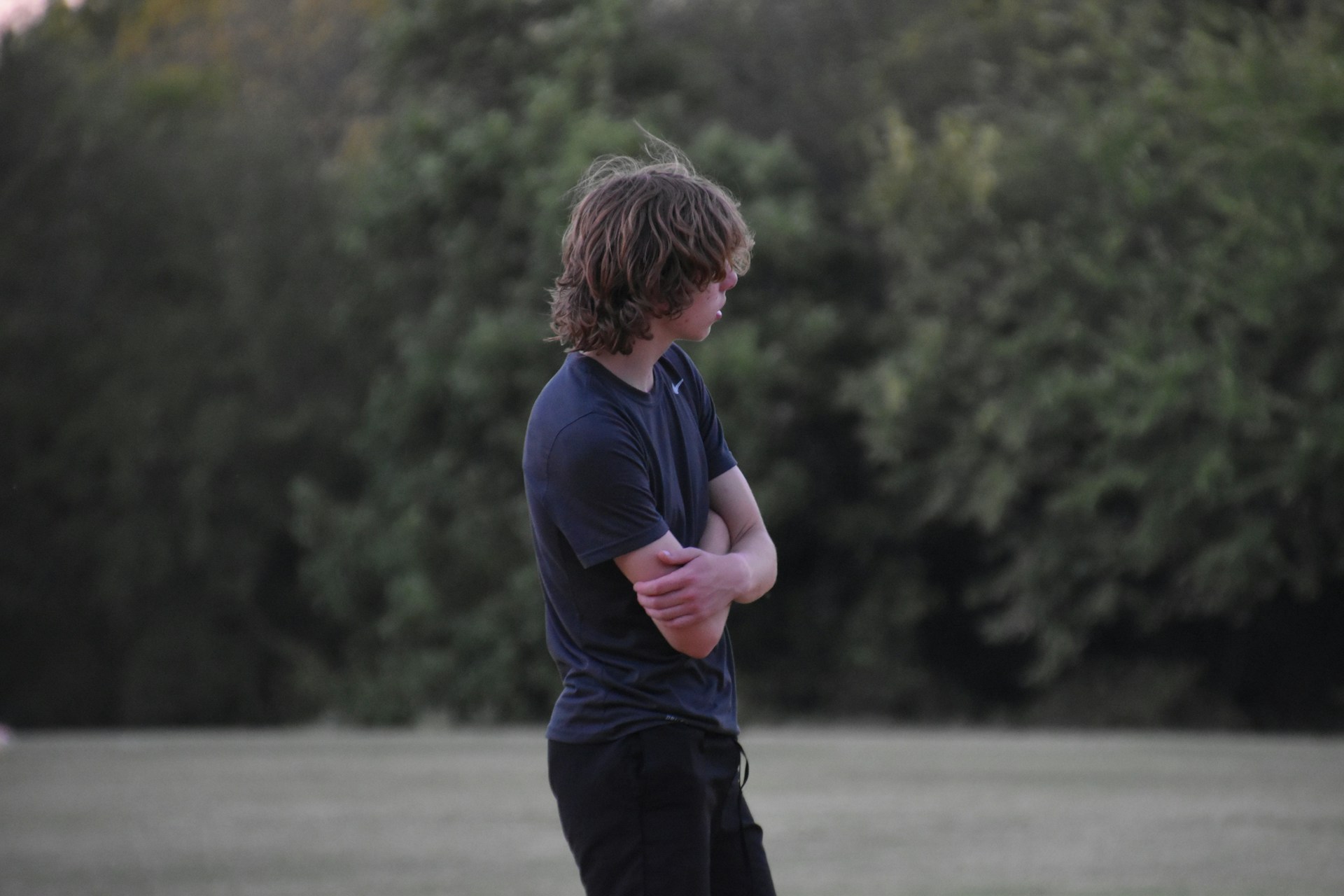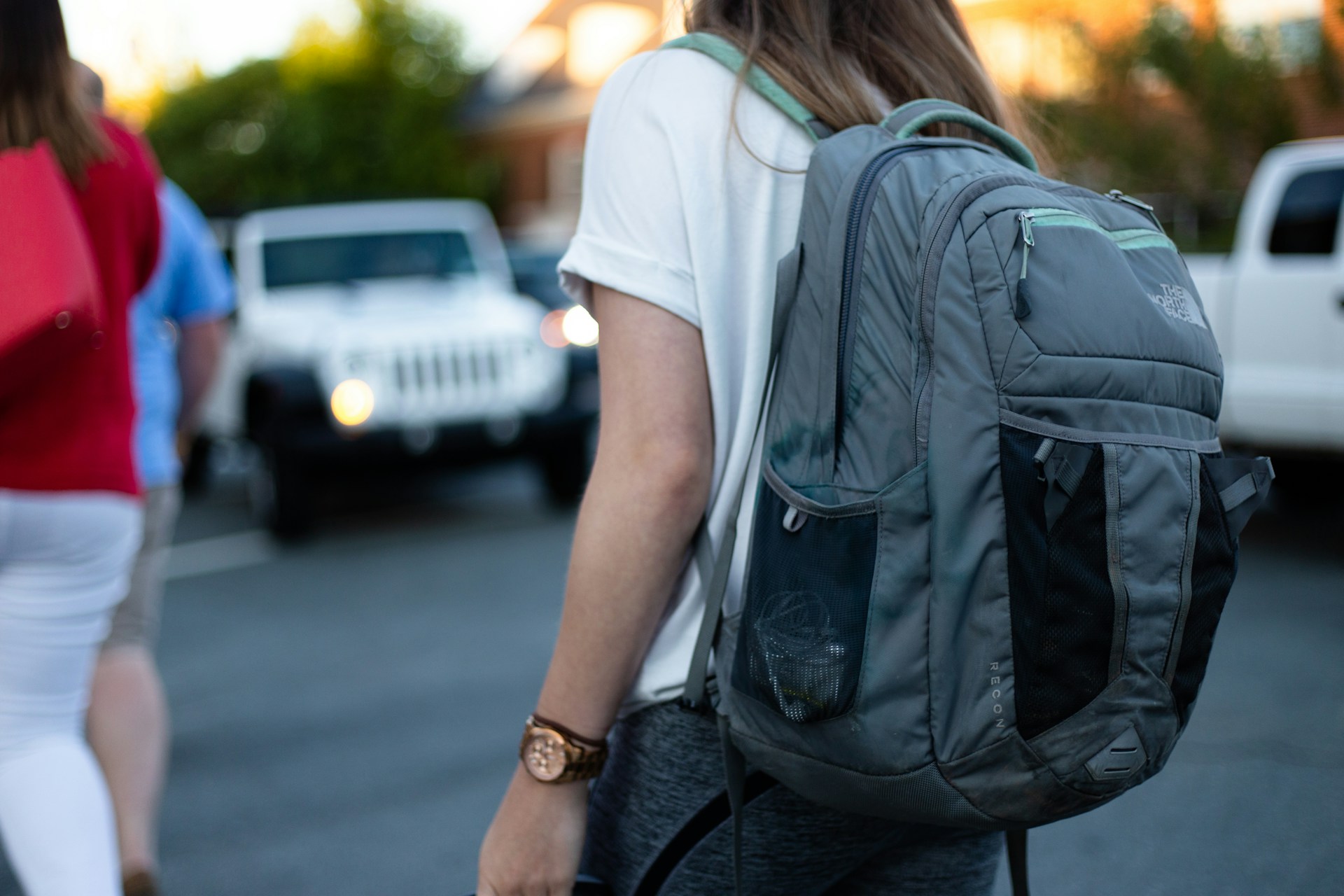Pilates is a series of low-impact movements used to strengthen the core and balance of the practitioner, both of which are critical for seniors. But the physical gains are only a side bonus to the mental benefits of consistently practicing Pilates.
If you are looking for a low-impact exercise for the elderly that strengthens, lengthens, and leaves you feeling confident, give Pilates a try.
Introduction to Pilates
The Pilates Method was created by Joseph Pilates, a German-born immigrant to the United States. After Pilates left Germany, he taught Scotland Yard self-defense tactics before being interred in a camp during World War I. During the internment, Pilates kept himself strong, lean, and healthy with a series of movements that he performed on the floor or on modified beds. These would later become the skeletons for Pilates apparatuses.
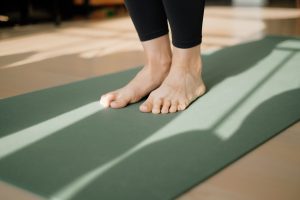
Pilates taught others in the internment camp his method and when influenza swept through England, none of Pilates “students” died of the virus. Pilates realized that his method went beyond just physical fitness, but wellness.
After the war, Pilates returned to Germany briefly and then immigrated to the U.S. His method became popular with dancers and athletes due to its ability to help heal injuries while keeping them at their peak. Others began to train under Pilates and eventually branched out to teach in other areas besides Pilates’ New York studio.
Although Pilates passed away in the 1960s, his work lives on. The exercise known as Pilates has gained incredible popularity over the last 50 years. It consists of two types of Pilates: work done on a mat on the floor, and work done using a Pilates machine such as the Reformer or the Chair.
There are many different forms of Pilates as more teachers have added their own technique to the method. Some instructors combine classic Pilates with more ballet moves or a contemporary tempo. Others mix in high-intensity interval training in between Pilates movements.
Physical Benefits of Pilates for Seniors
A study in the Journal of Exercise Rehabilitation published in 2016 cited that a 12-week Pilates practice yielded seniors age 65 years and older with an improvement in physical, social, spiritual, and emotional wellness.
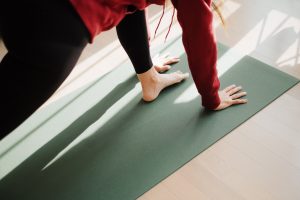
The participants in the study practiced Pilates for 50 minutes, three times a week for 12 weeks. The first six weeks of sessions were for mat work only, but the remaining six weeks incorporated bands for added resistance. Whether you decide to try the mat and/or the equipment, you are sure to detect an improvement in your quality of life.
Joseph Pilates is quoted as saying, “In 10 sessions, you’ll feel the difference. In 20 sessions, you’ll see a difference. In 30 sessions, you’ll have a whole new body.”
You may not receive a whole new body as compared to a Hollywood starlet or an Olympic athlete, but you will probably begin to feel the physical benefits of a consistent practice right away:
- Improved flexibility. Each time you approach a Pilates session, you will stretch and control the deep muscles within your body.
- Improved strength. Most of the movements use body-weight resistance, so you will build lean muscle like a dancer’s physique.
- Increased core strength. Your core is made up of the abdomen, lower back, hips, and pelvis. When these areas are activated and strong, you are less prone to injuries and falls.
- Decreased lower back pain. You feel less pain and tension when your spine is healthy and flexible.
- Decreased joint pain. Pilates stretches the muscles, tendons, and ligaments as it strengthens the core. This takes the pressure off your aching joints.
- Improved balance on both sides of the body. As you strengthen the musculoskeletal system, you will achieve balance on both sides of your body, lessening your chances of falls.
- Improved posture. The movements found in Pilates lengthen your muscles which will give you a taller appearance as you improve your posture. You will learn to “sit tall” in several exercises.
- Increased deep-breathing capabilities. Pilates movements are based on breath. Often, we don’t take the time to breathe deeply, but in Pilates, you will need to inhale and exhale with a certain number of beats during movements.
- Improved range-of-motion. Although the stretches and movements can be subtle at times, as you consistently practice, the range-of-motion will improve making it easier for you to accomplish daily tasks.
As you stand taller after incorporating Pilates into your routine, you may notice your gait improving as you move throughout the day. It’s hard to believe that low-impact movements could change your body as Pilates has shown, but millions of people all over the world swear by the method. The mental benefits of exercise, particularly from Pilates, is even more impressive.
Mental Benefits of Pilates for Seniors
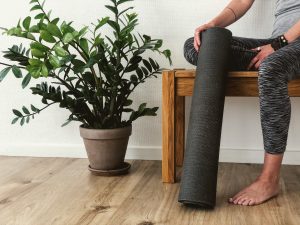 The 88 participants from the study cited above reported a significant improvement in all areas, including a boost in their emotional and intellectual wellness. The benefits of exercise go far beyond the physical.
The 88 participants from the study cited above reported a significant improvement in all areas, including a boost in their emotional and intellectual wellness. The benefits of exercise go far beyond the physical.
Pilates makes you more aware of your body; your movements, muscle tension, breath. When you are focused on the movement, reps, and breathing patterns during an exercise, you are concentrating on the task at hand. You will find that the influx of negative thoughts is less likely to register during a Pilates session. There is just too much focus on mindfulness during the class.
Pilates helps to relieve the stress and muscle “knots” we frequently feel in the neck and upper back area. We tend to carry this extra weight of stress in our muscles, but by practicing the movements consistently, you will begin to feel these knots disappear.
Plus, it’s been proven that exercise alleviates stress, helps to manage emotions, and reduces anxiety and depression. Pilates counts as exercise and the movements will increase your body’s natural antidepressant chemicals known as endorphins. The stress hormone cortisol that wreaks havoc throughout the body decreases during and after exercise.
A major mental benefit to seniors from Pilates is the increase in memory and brain activity. Your mind becomes actively engaged during a Pilates session as you work to bring your body and breathing under control in each movement. New neural connections are made during a class while you learn new routines and poses as oxygen and blood pump to the brain. Increasing your brain’s activity during the senior years is just as important as strengthening the body.
Getting Started
As with any exercises for seniors, consult with your physician about your condition before trying a Pilates session. Although Pilates movements are sometimes incorporated in physical therapy rehabilitation exercises, you will want to confirm with your doctor that they are appropriate for you.
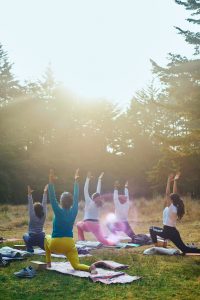
For example, certain conditions, like osteoporosis, cannot tolerate forward-bending movements and must either be modified or skipped. Your Pilates instructor should also be knowledgeable in the safety and risks of each movement.
Pilates exercises are taught with mat work or using machines, such as the Reformer. The type of class you decide to try is up to you. Some people find the mat classes, using a simple yoga mat, effective and less intimidating than trying a Pilates apparatus.
The classes are taught in local gyms and community centers throughout the country. There are tens of thousands of specialized Pilates studios open across the United States where you can find individual sessions and group classes. Once you become familiar with the Pilates method you can practice at home on your own or follow along with an online teacher.
Check out specific programs offered through local facilities and through Medicare-eligible Silver Sneakers – a program designed to assist seniors in finding local classes and workshops for free.
If you decide that Pilates is the perfect workout for you, you may want to consider certification in a particular technique so you can teach others while offering senior workouts in your area. Certification and consistently teaching either one-on-one sessions or group fitness classes can boost your income as well as the social interaction inherent with teaching.
Even if you aren’t interested in teaching others, sharing the benefits of physical activity with your friends and family can increase the social aspect of the practice. Everything is more fun when you include friends.
“Ready Stance”, Courtesy of Junseong Lee, Unsplash.com, CC0 License; “Stretching”, Courtesy of Junseong Lee, Unsplash.com, CC0 License; “Practitioner with Mat”, Courtesy of Louise Vildmark, Unsplash.com, CC0 License; “Pilates Group”, Courtesy of Amauri Mejia, Unsplash.com, CC0 License
-
Melissa Plantz: Author
Melissa Plantz is a Christian author and freelance writer. She spent twenty years in the pharmacy industry and has specialized in faith, fitness, nutrition, geriatrics, and mental health since 2015. She writes from the beautiful Lake Marion area in S...
Recent Posts
DISCLAIMER: THIS ARTICLE DOES NOT PROVIDE MEDICAL ADVICE
Articles are intended for informational purposes only and do not constitute medical advice; the content is not intended to be a substitute for professional medical advice, diagnosis, or treatment. All opinions expressed by authors and quoted sources are their own and do not necessarily reflect the opinions of the editors, publishers or editorial boards of Stone Oak Christian Counseling. This website does not recommend or endorse any specific tests, physicians, products, procedures, opinions, or other information that may be mentioned on the Site. Reliance on any information provided by this website is solely at your own risk.


